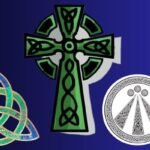The torque, also spelled torc or torq, is a metal neck ring used by several European cultures from the 8th century BC onwards.
It is mostly closely associated with the Celts, but similar neck rings, usually made in silver, were also commonly worn by the Vikings.
But in this article, we are going to look at the Celtic torque, including its origins, cultural significance, and how they were made.
Plus, we’ll look at some of the best-known surviving archaeological examples of the Celtic torque, many of which have inspired pieces in the VKNG collection.
Who Were the Celts?
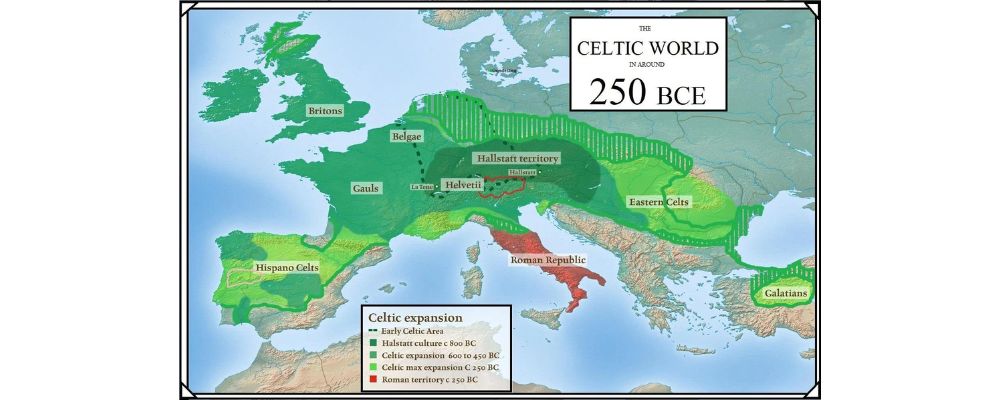
When we talk about the Celts, we are referring to a diverse group of tribes that lived in Europe from around the 7th century BC to about the 3rd century AD.
They lived across a lot of the continent from the Balkans and Anatolia in the East to the United Kingdom and Ireland in the West and were dominant in France, Spain, and Portugal.
The tribes spoke a variety of related languages, all part of the Indo-European Celtic family, and shared many cultural traditions and spiritual beliefs. However, the groups were decentralized, with each tribe ruled by its own chiefs.
Origins of the Torque
The very earliest torques seem to have been made in the Bronze Age, with the earliest known examples dating to 1200 BC.
But the jewelry “came into fashion” among the Celtis from around 800 BC onwards.
The Celts seem to have adopted the style from other earlier European cultures, such as the Etruscans, Illyrians, and Scythians, probably learning about it through trade, migration, and cultural diffusion.
But a distinctly Celtic-style torque soon emerged.
Celtic Style Torque and Craftsmanship
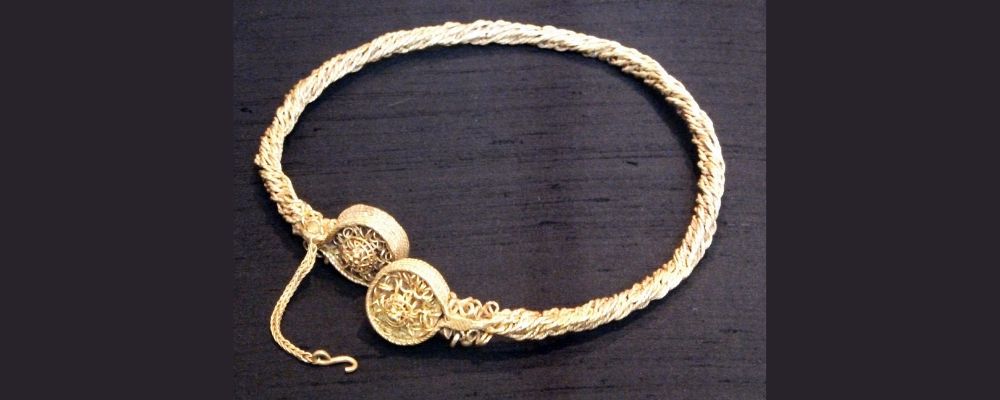
Celtic torques were made from gold, silver, bronze, or iron, depending on the wealth of the individual.
They could be made from a single piece of rigid metal, or strands of metal twisted together to create a rigid neck ring.
They were usually open at the front, forming a C-shape, but you do also see examples with locking catches.
They seem to have been designed for permanent wear and not to have been removed regularly.
The Celts were known to be excellent metal workers, and this is reflected in the design of many torques, though simple torques with minimal design features also survive.
Most torques terminated with ornate terminals and finials, which were the main design feature. They could be simple balls, animal heads, or abstract designs.
While many were smooth rings, others were ornately decorated, and the practice of twisting pieces of metal together to create a spiral effect seems to have been done for aesthetic purposes.
The most common design elements were geometric patterns, animal designs, and intricate knotwork. This mirrors the same motifs seen in other types of Celtic art.
Celtic smiths used a variety of different techniques to create the torques. Some were cast by pouring motel metal into molds.
In other cases, pieces of metal were hammered into thin rods or sheets and then shaped into the torque.
Twisted styles were achieved by heating metal and twisting them together while malleable.
Cultural Significance

Celtic torques seem to have been the most common and the most important category of Celtic gold. No other piece of jewelry is more common.
The majority of surviving archaeological examples come from burials, and very often the burials of women. However, male warriors were also depicted wearing the torque.
A Roman copy of an earlier Greek sculpture of a dying Gaul shows the warrior naked, but wearing his distinctive torque, no doubt to clearly identify him as a Celt.
This suggests that the jewelry was worn by both genders.
This suggests that torques were probably worn as symbols of status and power, with the material and design of the torque reflecting an individual’s social status.
But the jewelry may also have been used as currency.
This is suggested by the fact that most gold torques found in Spain and Portugal were fixed weights that were multiples of Phoenician shekels.
This suggests a specific weight of precious metal used for trade.
But the jewelry also seems to have had religious significance. Several depictions of Celtic gods show them wearing or carrying torques.
For example, on the Gundestrup Cauldron, probably dating to the first century BC, the horned god Cernunnos is shown wearing a torque around his neck and with torques hanging from his antlers and held in his hands.
Examples of torques too heavy to be worn regularly also survive, suggesting that they were used for ritual purposes.
This suggests that torques were important across several aspects of society, underpinning just how fundamental a torque was to a Celt.
Famous Examples of Celtic Torques
While thousands of Celtic torques have been recovered by archaeologists, a few particularly fine pieces have captured the imaginations of modern Celtophiles.
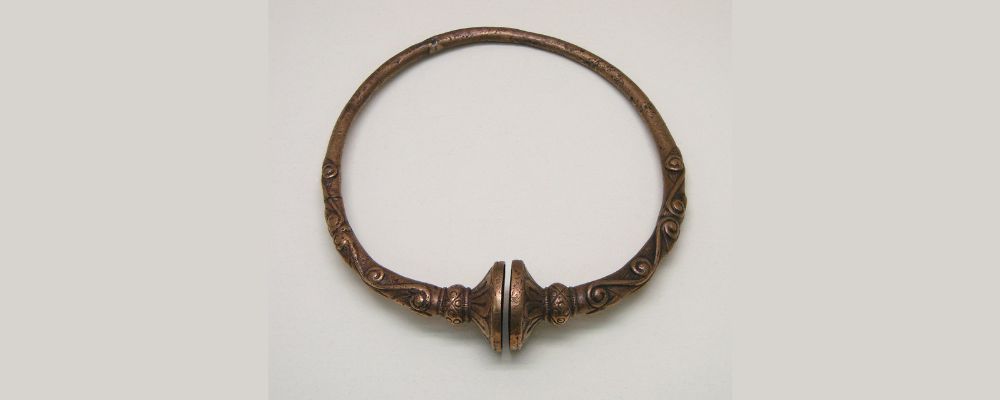
This torque comes from the fourth century BC France and stands out for the intricate swirls that decorate the front of the torque ring.
These are the parts of the arms that would have been visible when facing another person.
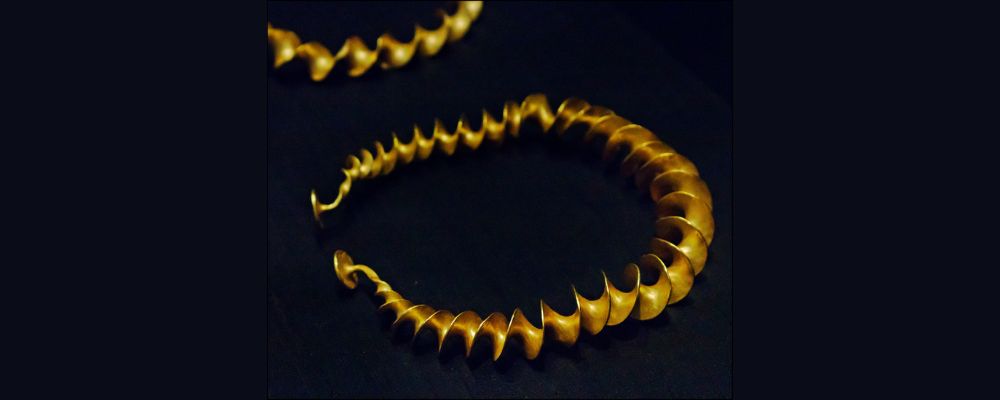
This unusual gold spiral torque comes from the Stirling Hoard, found in Scotland and dating to sometime between the third and first centuries BC.
The hoard, which seems to have been deliberately buried to secure the wealth, contained four torques, including two in this style and one that was made from eight gold wires twisted together, as depicted above.
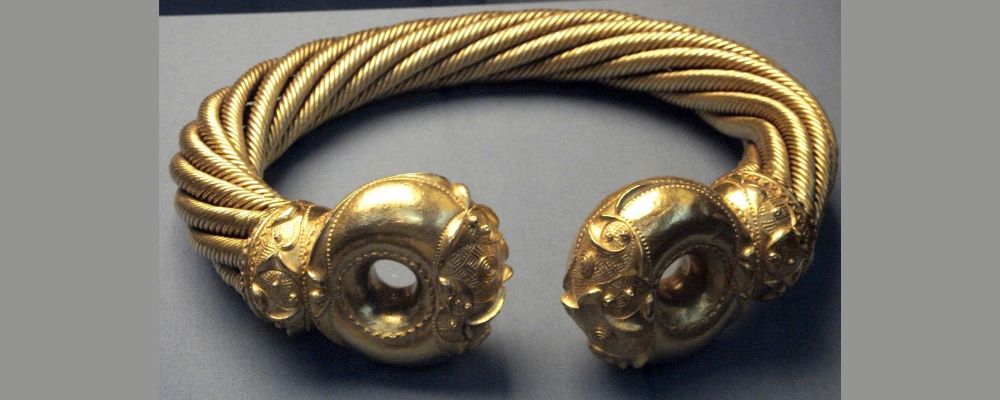
This is known as the Snettisham Torque and is extremely heavy, containing a kilogram of gold.
It was found in Norfolk, England, and has been dated to the first century BC.
It is made from 64 complex threads of metal grouped into ropes and twisted around each other.
It is believed to have belonged to royalty, probably a member of the Iceni tribe that lived in the area at the time.
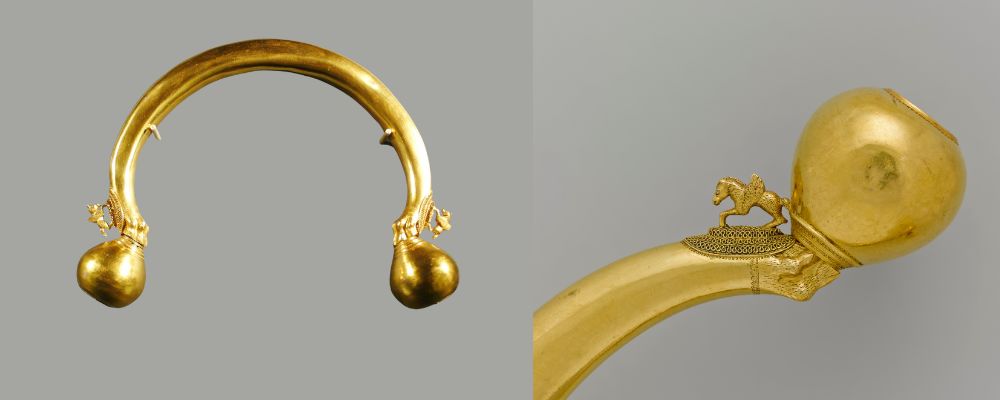
This golden torque was found in a female at Vix in France and dates to the 5th century BC.
It is interesting since, in addition to ending in giant golden bulbs, just above the bulbs are tiny, winged horses, standing on a cushion of golden threads.
The horse is probably Pegasus, from Greek mythology.
The gold bulbs, which probably represent the sun, are held by the paws of a lion.
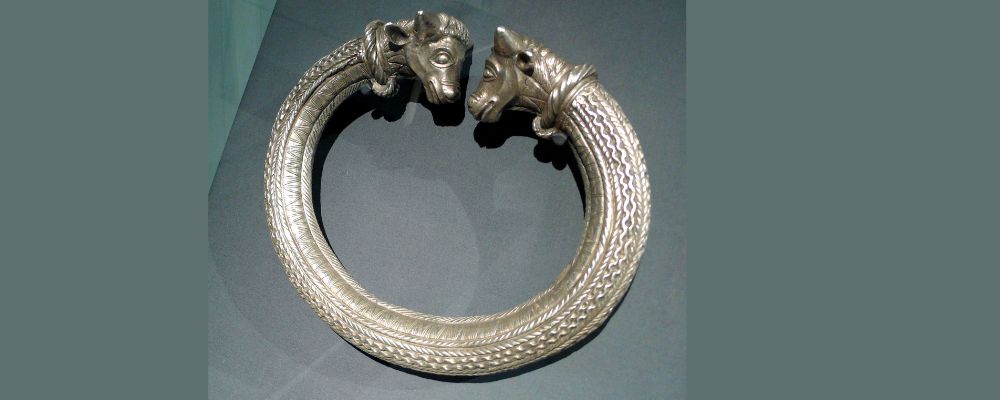
This iron torque with silver plating was discovered in Germany is known as the Trichtingen torque, and in addition to elaborate designs on the ring itself, it terminates in two bull heads.
It weighs 6.7 kilograms, and so must not have been designed to be worn.
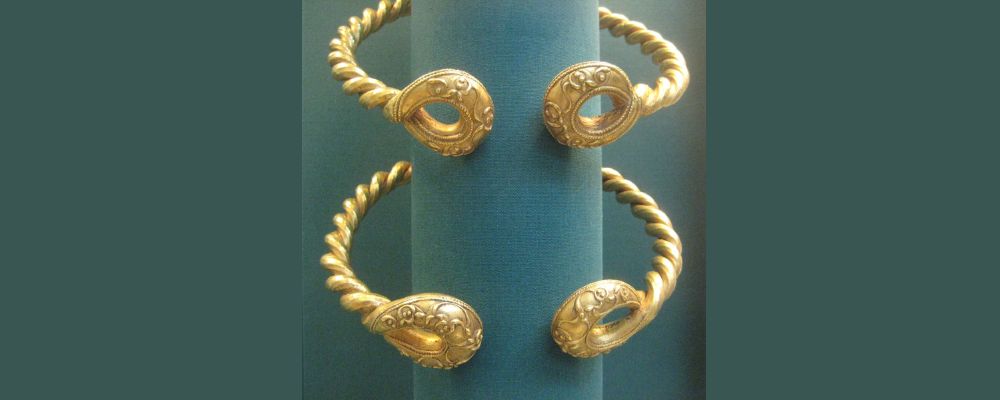
These are fine examples of twisted-style torques discovered as part of the Ipswich Hoard, which contained six gold torques dating to the first century BC.
They were made by twisting two large diameter strands of metal together, and are made of something called green gold, or electrum.
Find Your Celtic Torque
While we cannot comprehend the full significance of torques in the Celtic world, we do know that they were a fundamental part of being Celtic.
Just like Vikings wore Thor’s hammer amulets to self-identify, Celts seem to have worn torques.
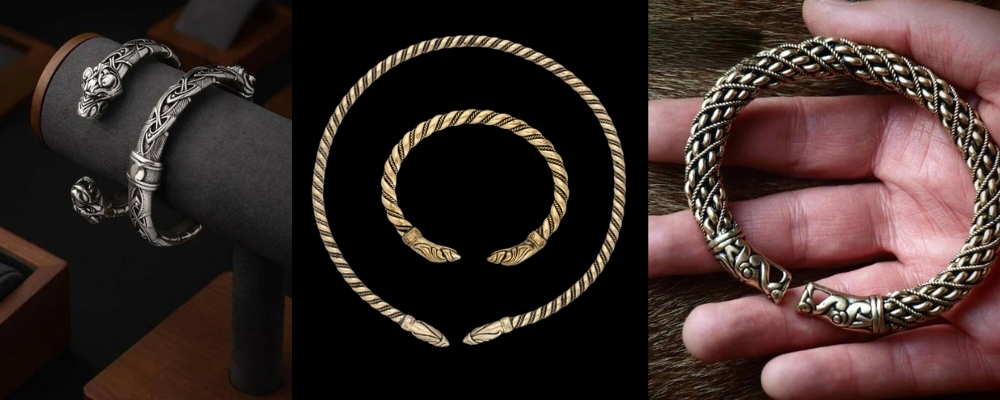
If you are enamored by Celtic torques and what they represent, you can shop for fine pieces inspired by these genuine archaeological finds in the VKNG Celtic Collection.




